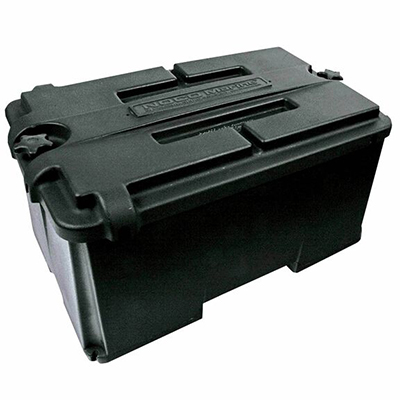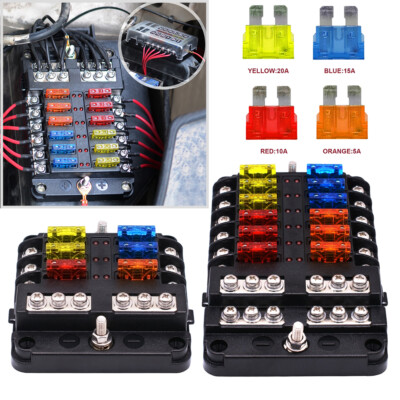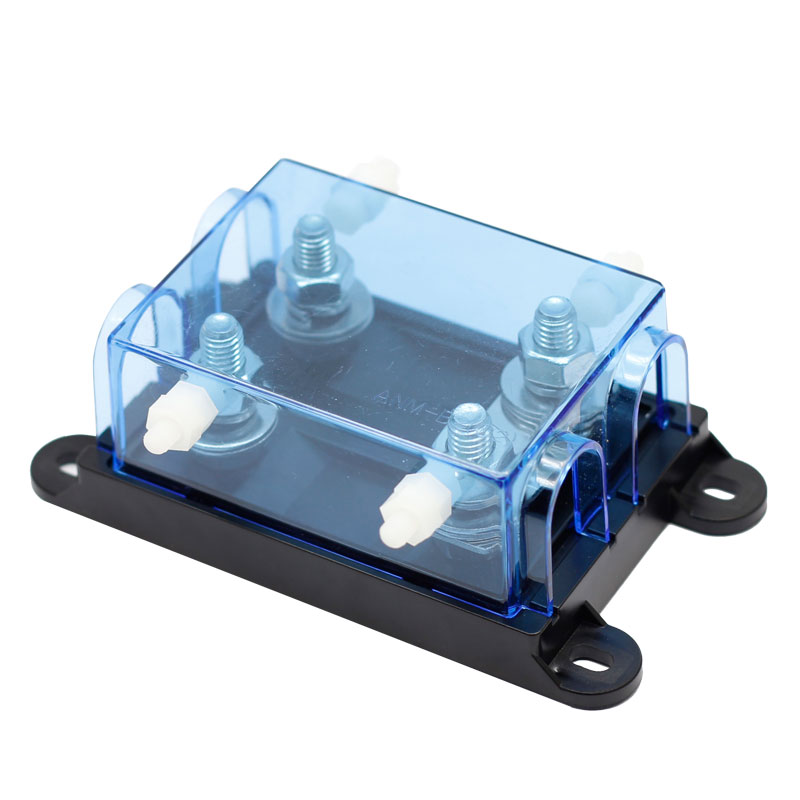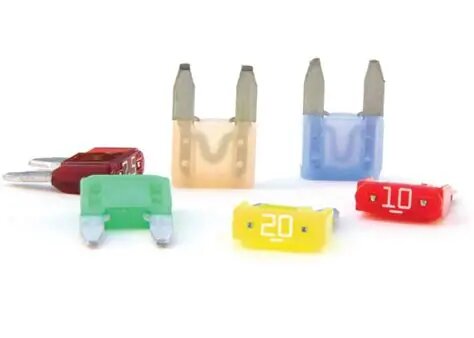Comprehensive Guide to Installing Battery Boxes for Dual Battery Systems in Automotive Applications
News 2025-10-20
Dual battery systems are essential in modern vehicles, particularly for those requiring reliable power for accessories or extended use. In cars, trucks, and RVs, these systems prevent the main battery from draining during prolonged idling or when powering high-demand devices. Battery boxes play a crucial role by housing the secondary battery safely, enhancing overall system efficiency and longevity. Common applications include off-road adventures, commercial fleets, and emergency vehicles where consistent power is vital. Performance advantages include improved energy management, reduced risk of electrical failures, and better protection against vibrations and environmental factors, making them a smart choice for enhancing vehicle reliability.

Preparation Steps for Installation
Selecting the right battery box and preparing adequately ensures a smooth installation process. Start by assessing your vehicle’s electrical system to confirm compatibility with a dual battery setup, focusing on alternator output and existing wiring. Gather necessary tools such as wrenches, wire strippers, and a multimeter for accurate voltage checks. Safety is paramount; disconnect the main battery to avoid short circuits and wear protective gear. Choose a battery box made from durable, corrosion-resistant materials to withstand automotive environments, ensuring it meets size and mounting requirements for optimal fit and performance.
Step-by-Step Installation Process
Begin the installation by mounting the battery box in a secure, accessible location, typically near the engine compartment or under the vehicle chassis. Secure it with bolts to minimize movement during drives. Connect the batteries using appropriate gauge wires, ensuring the positive and negative terminals are linked correctly to avoid reverse polarity. Integrate a battery isolator or smart relay to manage charging between batteries, preventing over-discharge of the primary unit. After wiring, test the system by starting the engine and monitoring voltage levels with a multimeter. This method not only boosts power availability but also enhances safety through organized cable management and reduced heat buildup.
Frequently Asked Questions
1、What are the key benefits of using a battery box in a dual system?
It provides physical protection, improves organization, and enhances safety by isolating the battery from harsh conditions.
2、Can I install a battery box myself, or should I hire a professional?
DIY installation is feasible with basic skills, but consulting a professional ensures compliance with safety standards and optimal performance.
3、How often should I inspect the battery box after installation?
Regular checks every 3-6 months are recommended to maintain connections and detect any signs of wear or damage.


